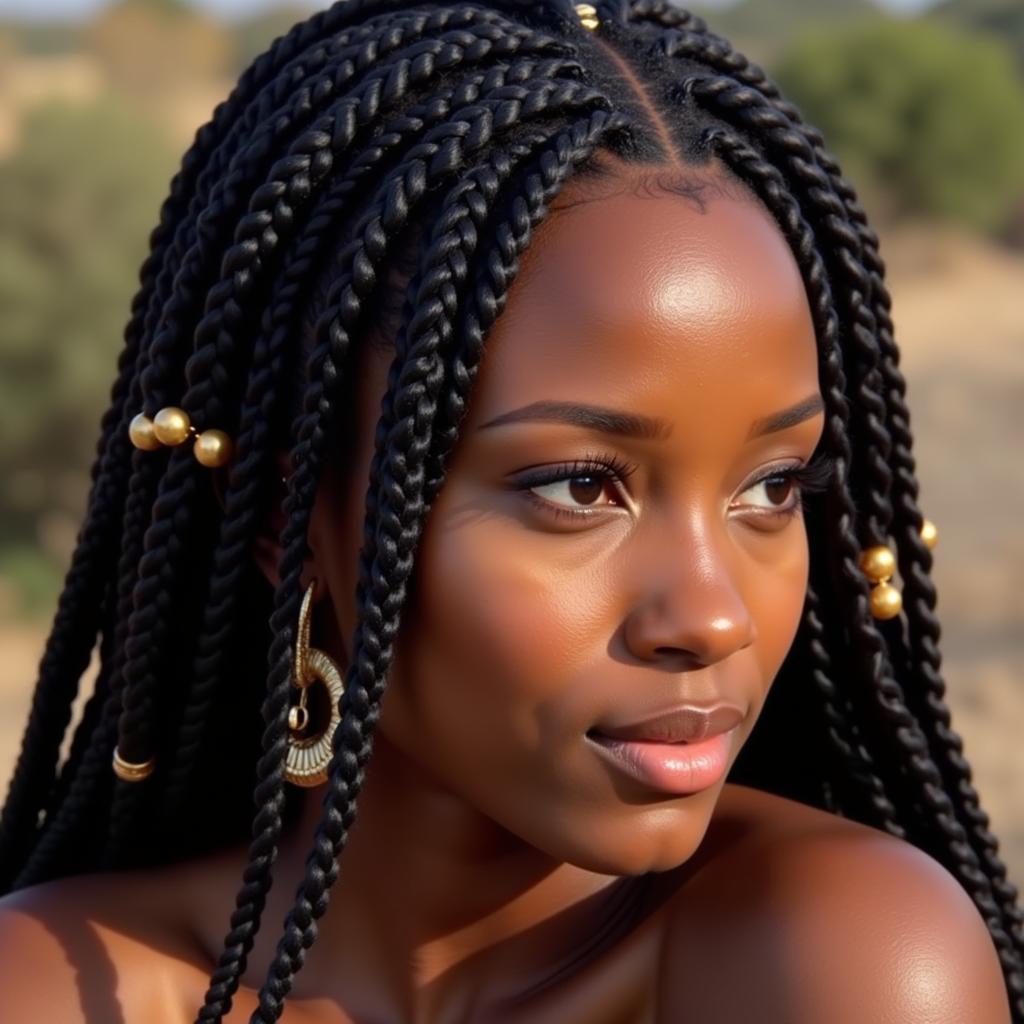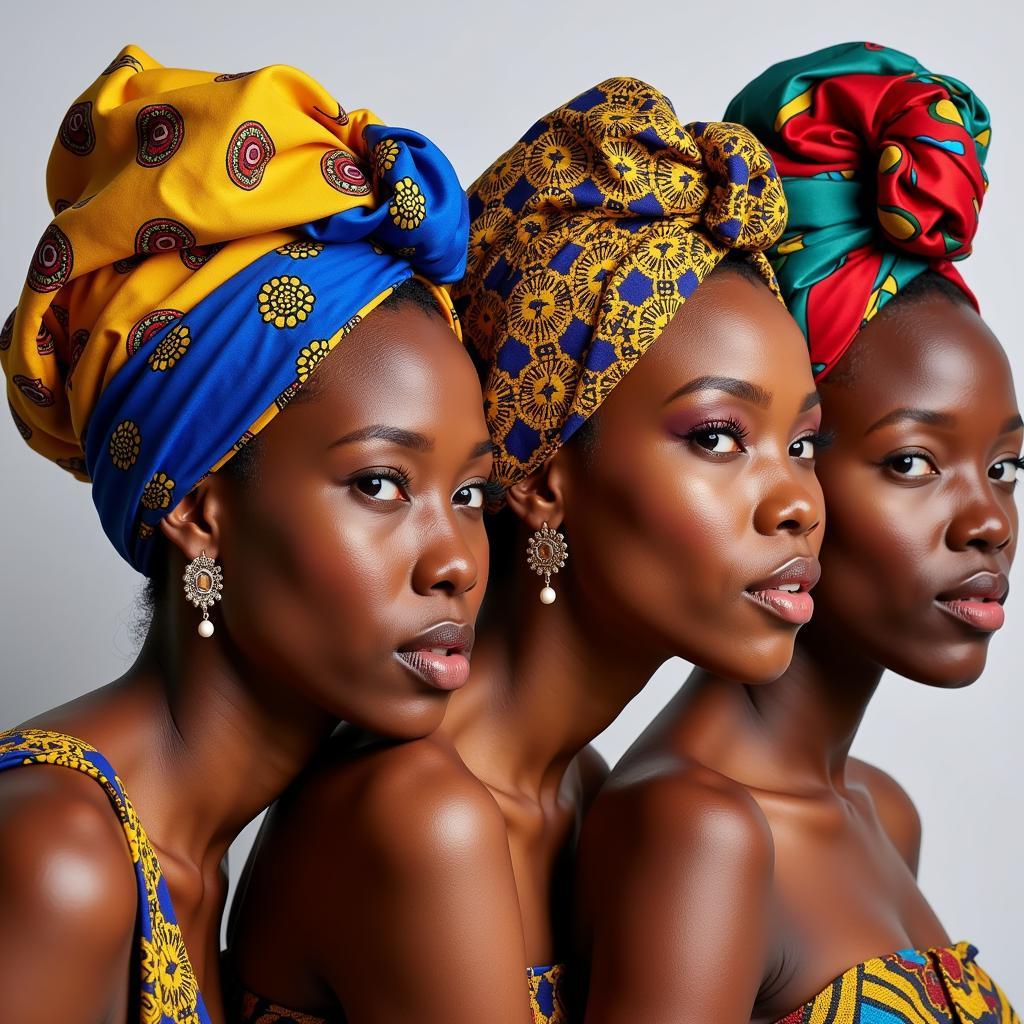From the vibrant streets of Lagos to the serene landscapes of the Serengeti, African hairstyles for women are a striking testament to the continent’s rich cultural tapestry. More than just aesthetic choices, these hairstyles are deeply symbolic, reflecting tribal heritage, social status, and personal expression. This journey through the world of African female hairstyles delves into their history, significance, and the diverse ways they continue to inspire and captivate.
 African Female Braids
African Female Braids
Unraveling the History: Ancient Roots and Cultural Significance
The art of African hair braiding dates back centuries, with evidence found in ancient Egyptian hieroglyphics and sculptures. These depictions showcase elaborate hairstyles adorned with beads, gold, and other embellishments, signifying wealth and social standing. Throughout the continent, different tribes developed unique braiding patterns and techniques, passed down through generations as a cherished tradition.
In many African cultures, hairdressing was a communal activity, with women gathering to style each other’s hair. This practice fostered a sense of community and strengthened social bonds. The intricate process of braiding often involved storytelling, singing, and the sharing of wisdom, making it an integral part of cultural transmission.
A Celebration of Diversity: From Braids to Afros and Beyond
The diversity of African hairstyles is as vast as the continent itself. Braids, in their myriad forms, remain a popular choice, ranging from simple cornrows to complex patterns like Fulani braids and goddess braids. Each style carries its own significance and can be further embellished with beads, shells, or threads to reflect personal style.
The natural hair movement has also gained momentum, with women embracing their afros, curls, and coils as symbols of empowerment and pride. Natural hairstyles celebrate the unique texture and beauty of African hair, challenging Eurocentric beauty standards.
Beyond Aesthetics: The Practicality and Symbolism of African Hairstyles
Beyond their aesthetic appeal, African hairstyles also serve practical purposes. In hot climates, braids provide a protective style, shielding hair from the sun and minimizing damage. The intricate patterns and tight braiding techniques also help to retain moisture, promoting healthy hair growth.
Furthermore, certain hairstyles carry deep cultural significance. For example, married women in some cultures may adopt specific hairstyles to signify their marital status. Similarly, intricate braiding patterns may be reserved for special occasions or ceremonies, representing cultural identity and heritage.
 African Female Headwraps
African Female Headwraps
African Hairstyles Today: A Fusion of Tradition and Modernity
In contemporary Africa and beyond, African hairstyles continue to evolve, blending traditional techniques with modern influences. From the runways of international fashion shows to everyday street style, African hair braiding has transcended cultural boundaries, inspiring creativity and admiration worldwide.
The resurgence of natural hair has also sparked a movement of self-acceptance and empowerment, encouraging women of African descent to embrace their natural beauty. This movement has led to the creation of new products and techniques specifically designed for natural hair, fostering a sense of community and shared experience.
Conclusion: Embracing the Beauty and Heritage of African Hairstyles
African hairstyles for women are a testament to the continent’s rich cultural heritage and enduring creativity. They are more than just styles; they are stories woven into strands, reflections of history, and expressions of identity. As we celebrate the beauty and diversity of African hairstyles, we are reminded of the power of cultural heritage to inspire and connect us across generations and continents.
Leave a Reply